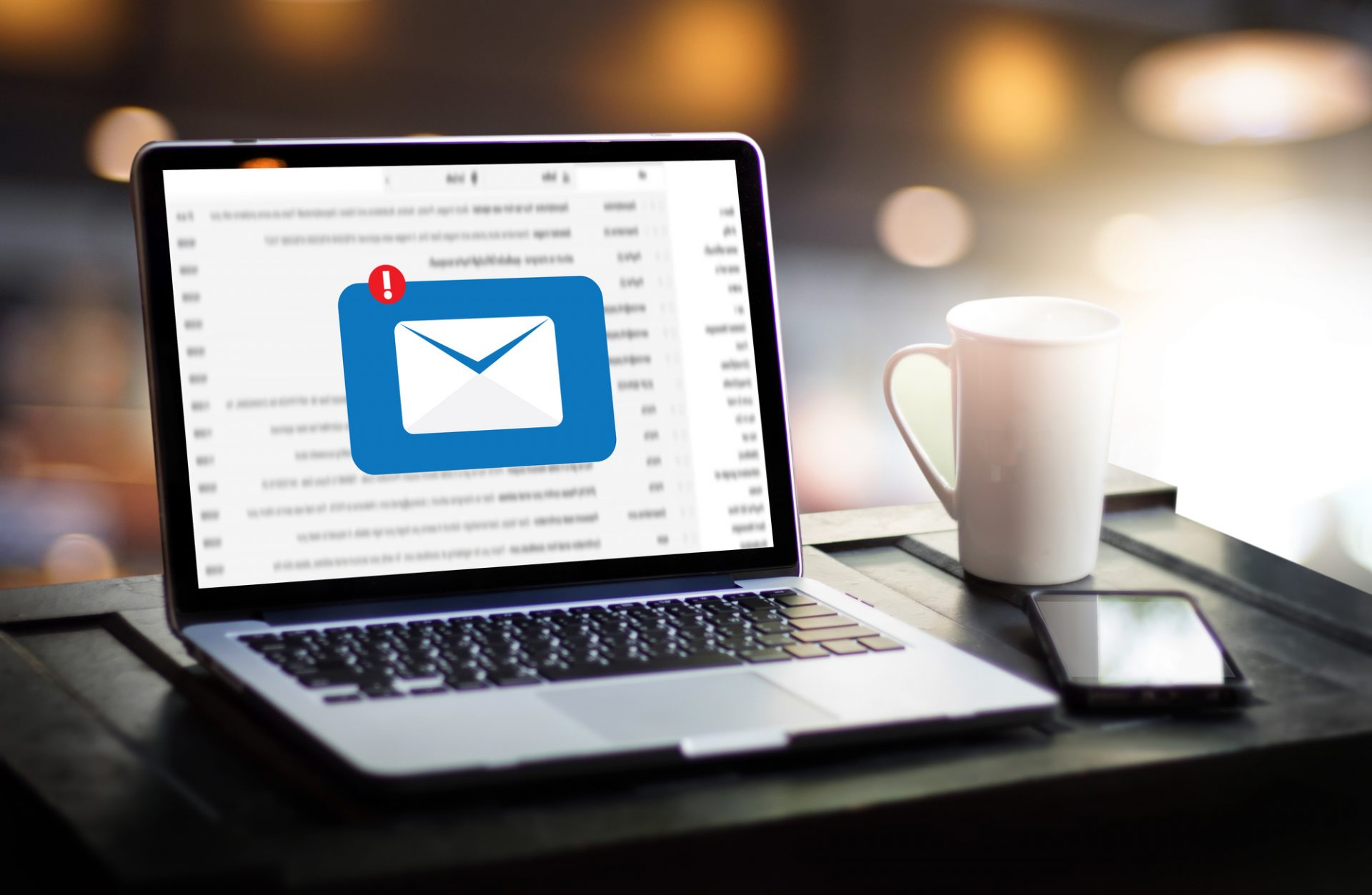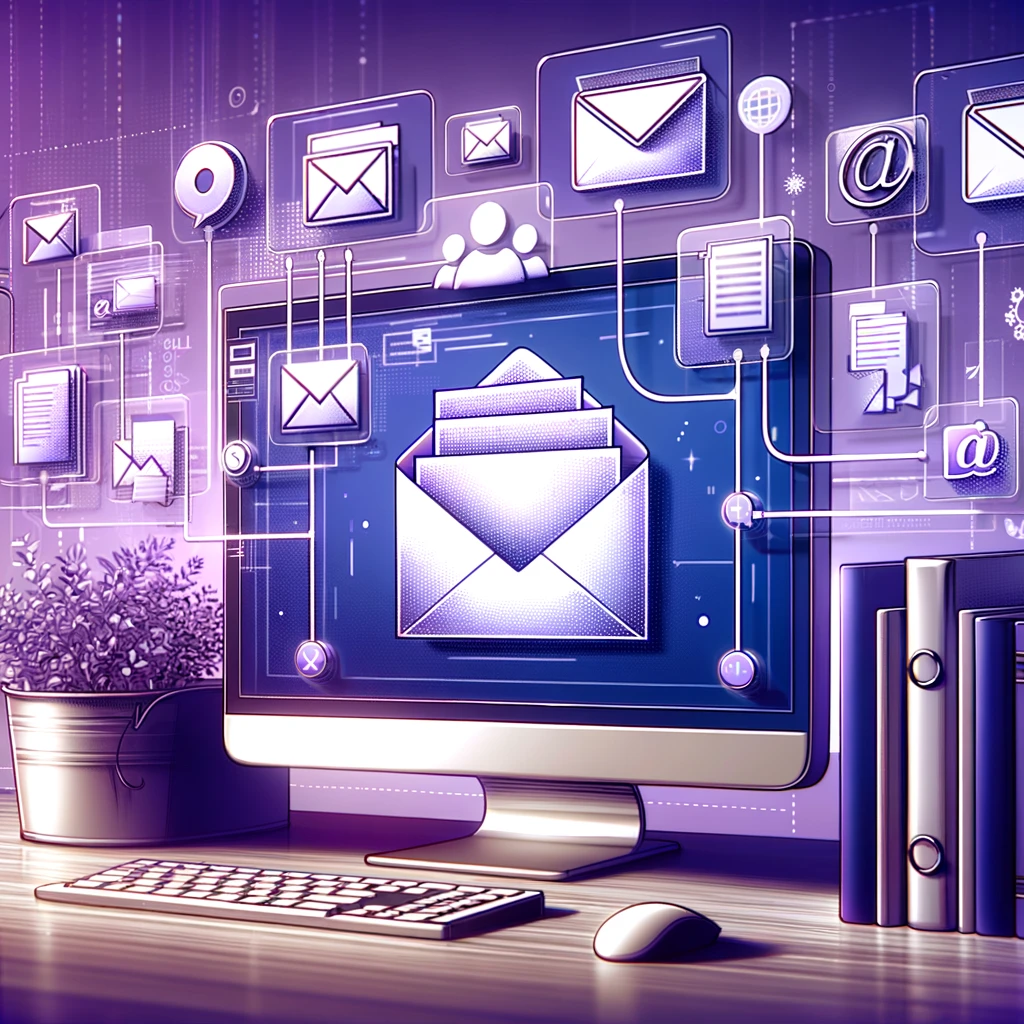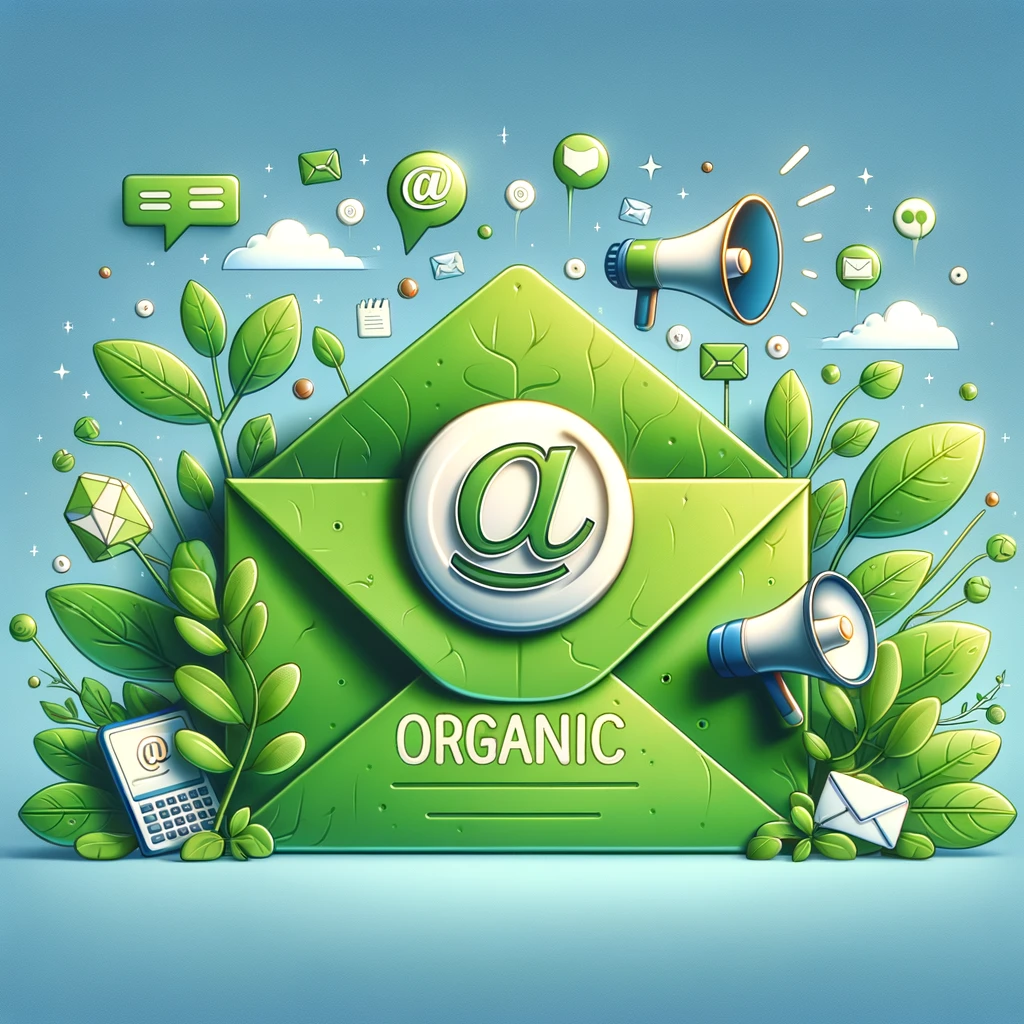
Staying Out of the Junk Folder: Tips for Engaging New Consumers
Do you have an email marketing strategy?
Email marketing is a strong part of a digital marketing strategy. Many businesses prioritize social media presence and sharing. However, email marketing can be a great move for business growth and engagement.
Reports show that email marketing can give the highest ROI, over $42 for every invested dollar. However, for some, email marketing can be difficult to get right. Many marketing emails end up in the spam or junk folder.
If you’re looking to avoid this, you’re in the right place. In this article, we give you some email tips to engage new customers and stay out of the spam box. Read on to discover more about building your email marketing strategy.
Build an Email List
Even if you have good content, your emails may end up in the junk folder if the recipients aren’t interested. You could be saying the right things but delivering them to the wrong audience. To avoid this, build a unique email list of subscribers.
Avoid purchasing or renting an email list from a third-party provider. Try not to harvest and collect emails through a robot. Doing this is sure to put you in the junk mail folder.
Building an email list may take some time but will benefit you in the long term. It is the most effective way to grow your list and connect with an engaged audience.
Ask Recipients to Whitelist You
When a new address finds its way to your list, encourage the user to add your brand as a contact. Adding you as a contact or whitelisting you ensures that your emails always land in their inbox. The best time to request this is during the sign-up confirmation or in customer service.
It may help you to add a legitimate address and not use one from a free service like Outlook or Gmail. Having a relevant domain extension or domain gives you a trustworthy email address. Use a domain extension that is specific to your industry.
Authenticate Your Email
Choosing a proper domain extension will not only make you trustworthy in the eyes of the user. Inbox services like Google and Outlook prioritize authenticated emails. These emails are more likely to end up in a user’s inbox.
Sender Policy Framework is one way to authenticate your email. This verifies your identity by comparing you with a list of authorized IPs. One standard you need to meet is DKIM, or Domain Keys Identified Mail.
This ensures that the email address was not tampered with. You can also leverage both DKIM and SPF through DMARC. This requires both items listed above before you can deliver your emails.
Give Users a Choice to Unsubscribe
Part of good email practice is giving your users an out. Providing your users with the option to unsubscribe prevents you from getting marked as spam, and it’s also a legal requirement.
Spam complaints result in your emails ending up in the junk folder. If the user doesn’t want to receive your emails, they can use that button. This also helps you to clean up your email list when needed.
Let Users Choose Their Preferences
If your brand offers several services, give your users a preference center. This allows new and existing subscribers to choose how they want to receive your emails. They can choose the frequency and which topics they want to get updates on.
Giving your users control over what type of content they want to receive reduces spam risks. Give your users a simple preference center to choose their desired content and when to get them. A preference center results in higher engagement and reduces spam probability.
Keep Track of Metrics
When trying out a new strategy, it’s essential to monitor its progress. This allows you to determine what works and what doesn’t. Try to keep track of how users interact with your emails.
Audience response is the best way to track how well your emails are performing. Unopened emails, spam reports, and moving emails to the junk folder reduce deliverability. Good audience response is when recipients open, reply, and move your address to an inbox or address book.
Hard bounces and deleting after opening are sure signs that the user is not interested. Keep track of these things when carrying out your email marketing strategy.
Personalize Your Content
With your metrics, you can start improving your email strategy. Personalizing emails requires more than adding a user’s first name. Keep track of the user’s past behavior and use it to your advantage.
This can include things like past purchases, location, and products they looked at. Users are more likely to unsubscribe if the content is off-target. If you send a user promotional content of a product or service they don’t want, that email could end up in the junk folder.
Amazon often sends its users a lot of emails. However, many of their users stay subscribed because Amazon’s content is relevant to them.
Clean Up Your Lists
Conduct regular cleaning and maintenance of your email lists. It’s only natural for users to unsubscribe from an email list. However, there are also some users who will ignore your emails.
Low user engagement is more harmful than getting users who unsubscribe. It lowers your email engagement rate and makes it more likely for ISPs to view you as spam. When tracking your email strategy performance, be on the lookout for unengaged audiences.
Delete users who are not engaged with your emails. If you’re hesitant about doing this, you can send a final campaign to win back the user. If they still don’t engage with your email, it’s better to delete them from your list.
How to Stay Out of the Junk Folder
Many businesses have been ramping up their marketing in response to the pandemic. Brands are promoting online options to make up for the economical loss. Follow the email engagement tips mentioned above to stay out of the junk folder.
Thank you for reading our article! Are you looking for more ways to boost email engagement? Contact us today and start your free trial.
© 2021 – 2020, Chris Duncan. All rights reserved.



